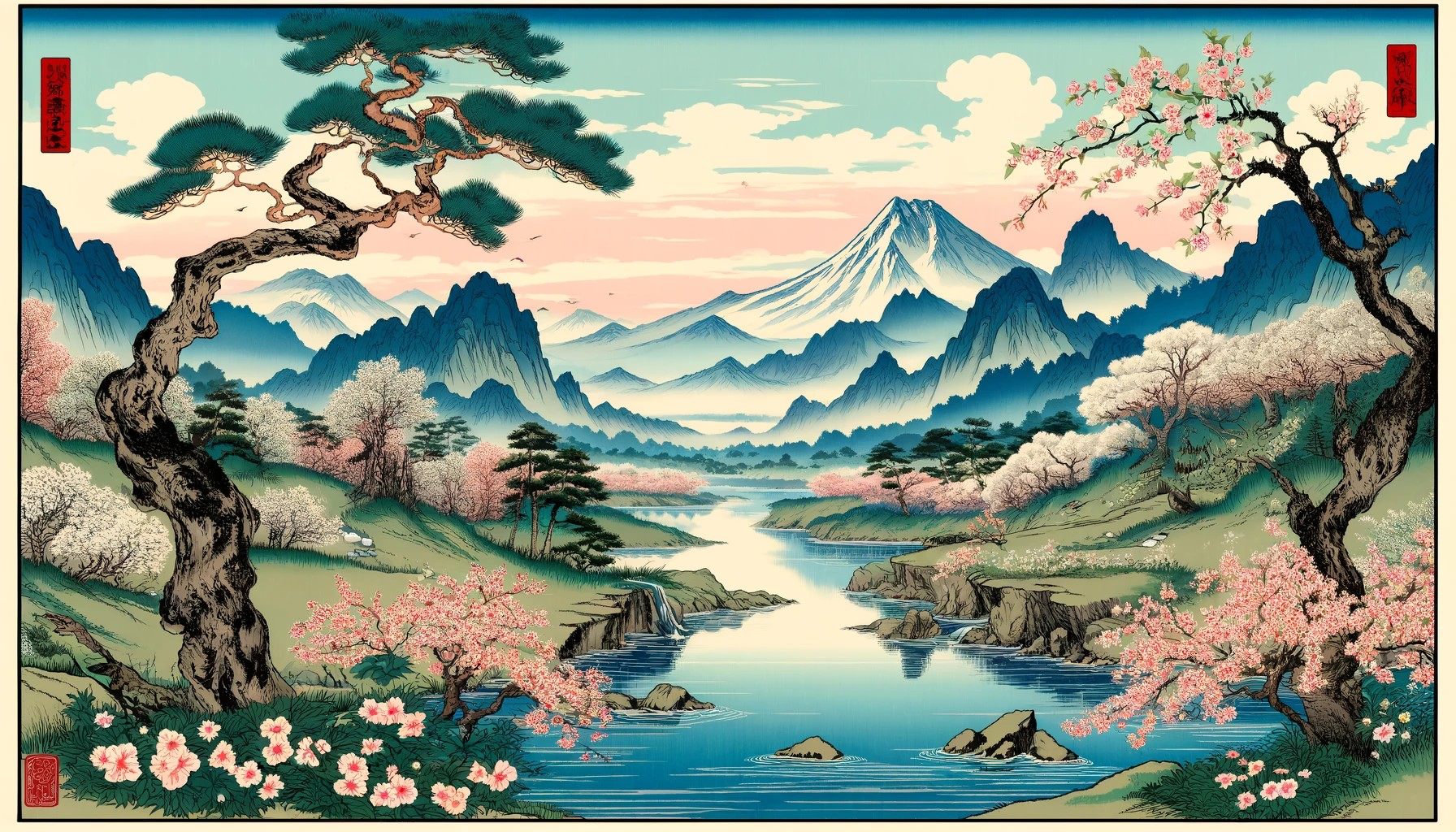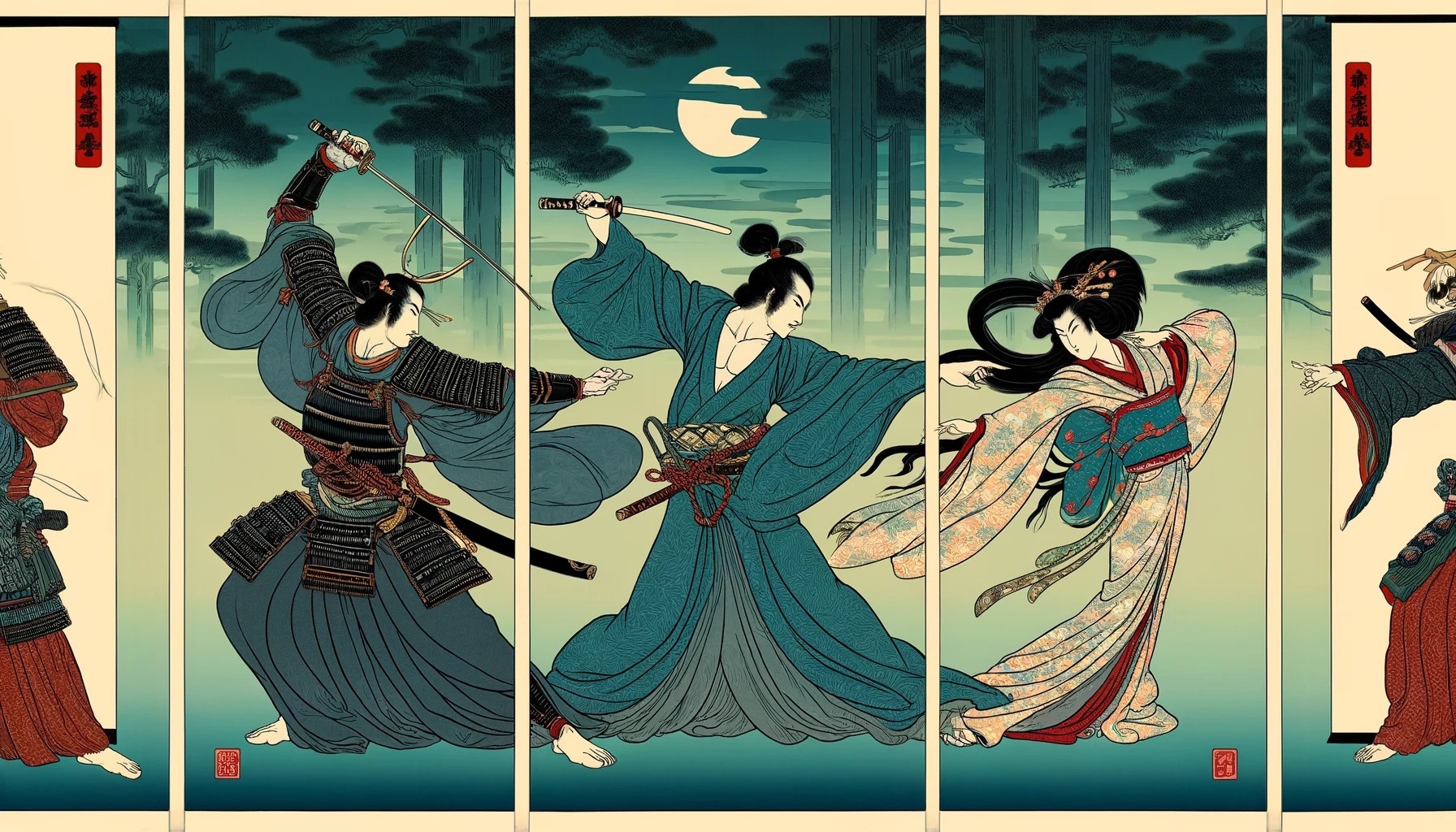Utagawa Hiroshige II (1826 ~ 1869)
Hiroshige II, born in Yokohama as Suzuki Chimpei (鈴木鎮平) and also known by his artist name Shigenobu
(重信), was the most talented and prominent disciple of Andō Hiroshige (安藤広重).
He inherited the art name following his
master's death in 1858. That same year, he married his master’s daughter, Otatsu, and moved from Edo (江戸) (modern-day Tōkyō (東京))
to Yokohama. There, after dissolving his marriage in 1865, he adopted the name Kisai Risshō (喜斎立祥) and continued his artistic career.
Hiroshige II is best known for his landscape prints, which are so closely styled after his master’s work that even experts can be confused.
Throughout his career, he collaborated with other significant artists such as Kunisada (国貞), and also produced decorated items like tea boxes
and lanterns.
He used several pseudonyms over the years, including Ichiryūsai (一立斎), Ichiyūsai (一幽斎), Kisai (喜斎), Ryūsai (立斎), Ryūshō (立祥), and Shigenobu (重信).
Among Hiroshige II’s most famous series are 'One Hundred Famous Views in the Various Provinces' and 'Thirty-six Views of the Eastern Capital', which echo
the style and themes of his master’s works such as Hiroshige I’s 'Famous Views of the Sixty-odd Provinces'. These works, along with others like
'Eight Views of the Sumida River', helped cement Hiroshige II’s reputation as one of the leading ukiyo-e artists of his time, despite the personal and
professional challenges he faced following Hiroshige I’s death.
Hiroshige II died in 1869, leaving a lasting imprint on the 19th-century Japanese art world.
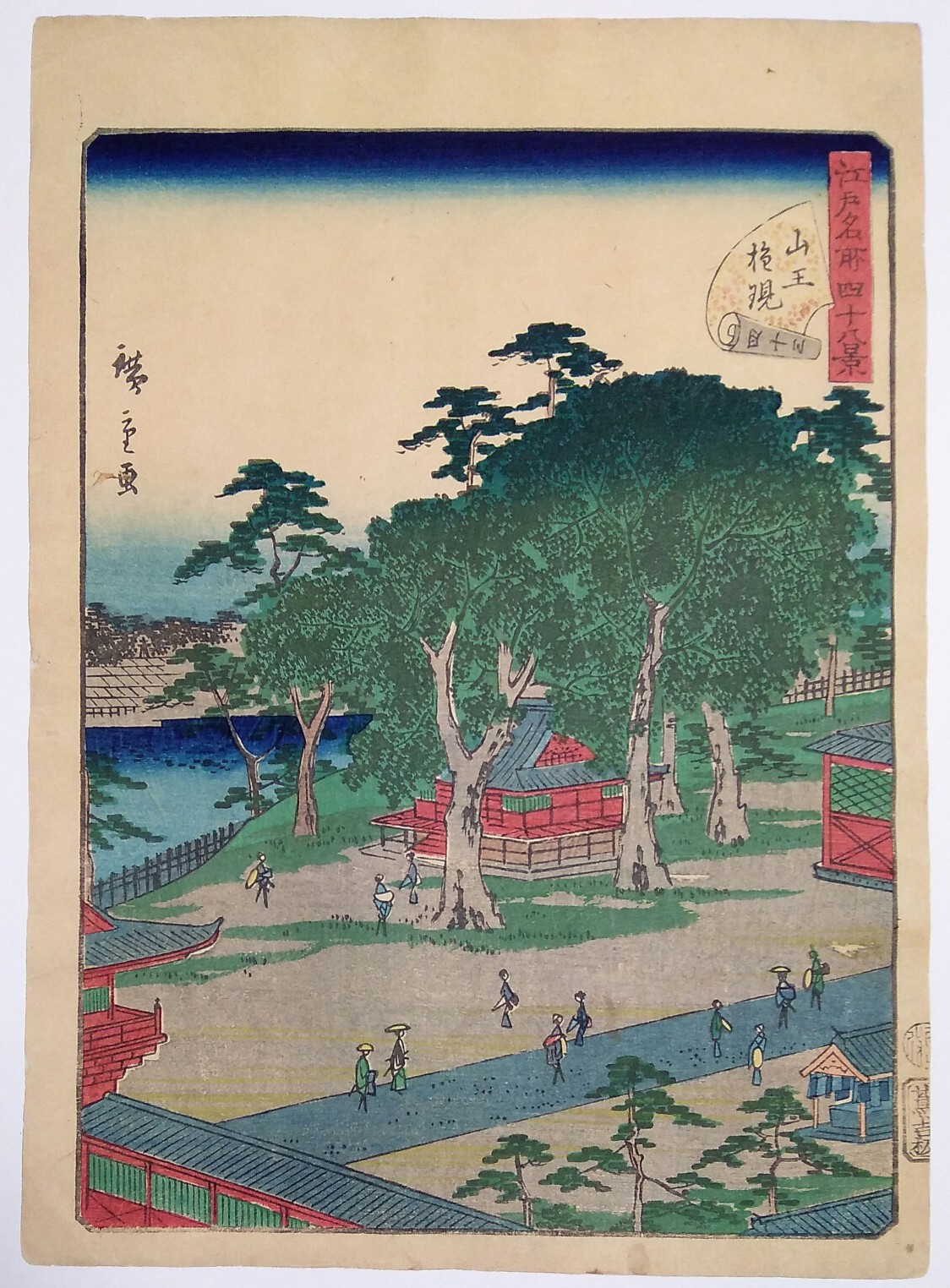
Sannō Gongen shrine
Forty eight famous views of Edo

Hachiman Shrine at Fukagawa
Forty eight famous views of Edo
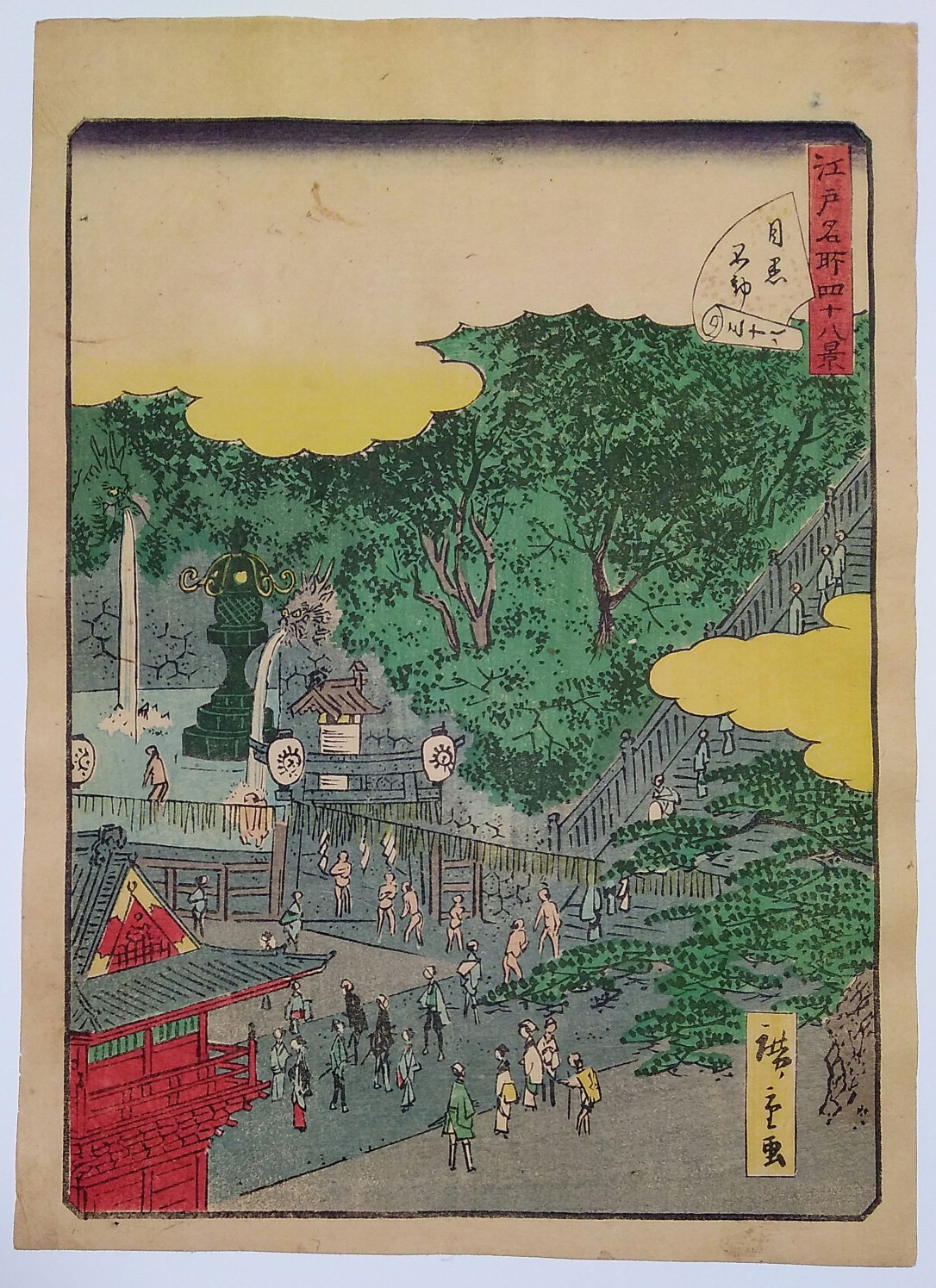
Meguro Fudō shrine
Forty eight famous views of Edo
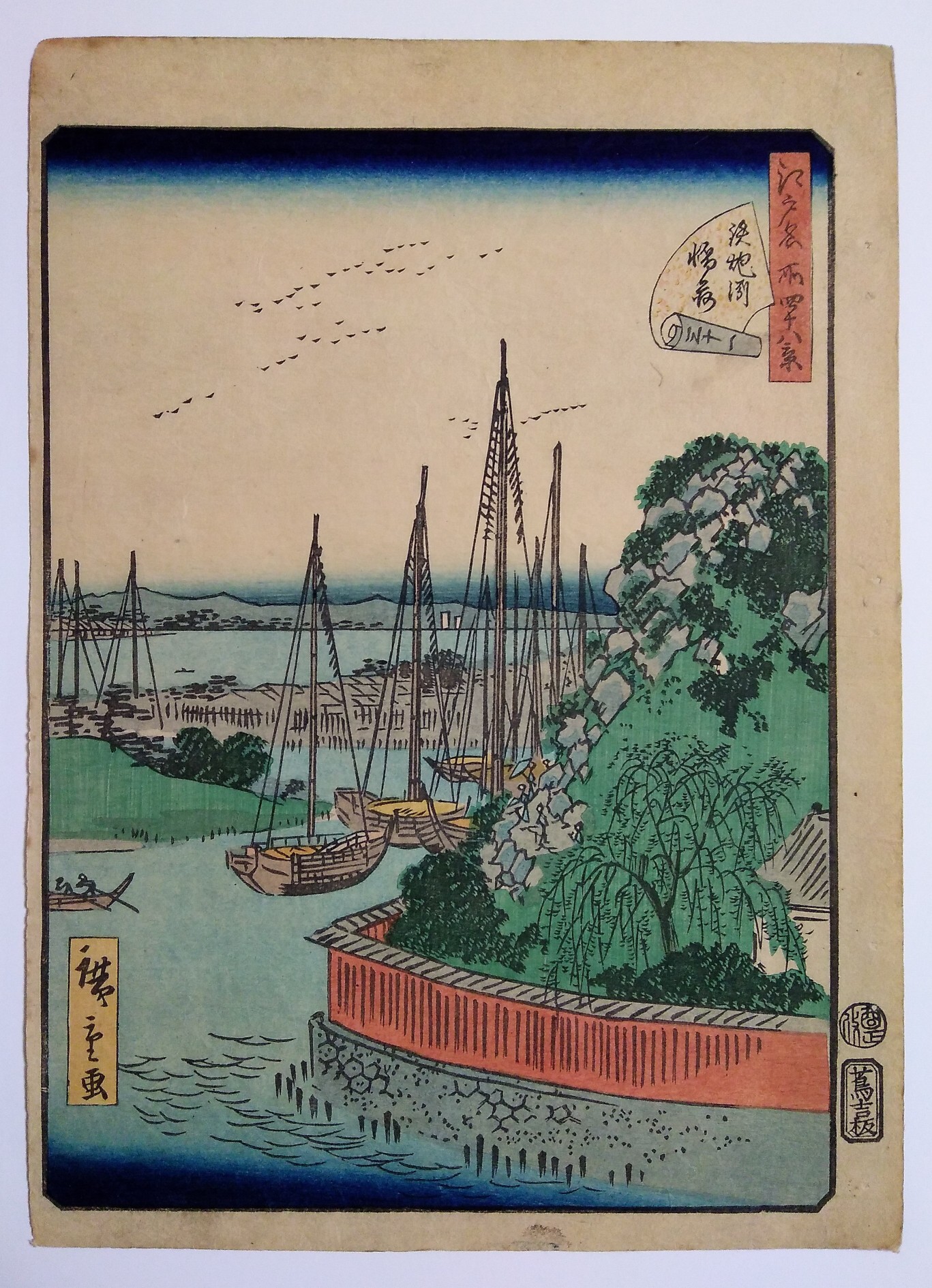
Teppōzu Inari
Forty eight famous views of Edo
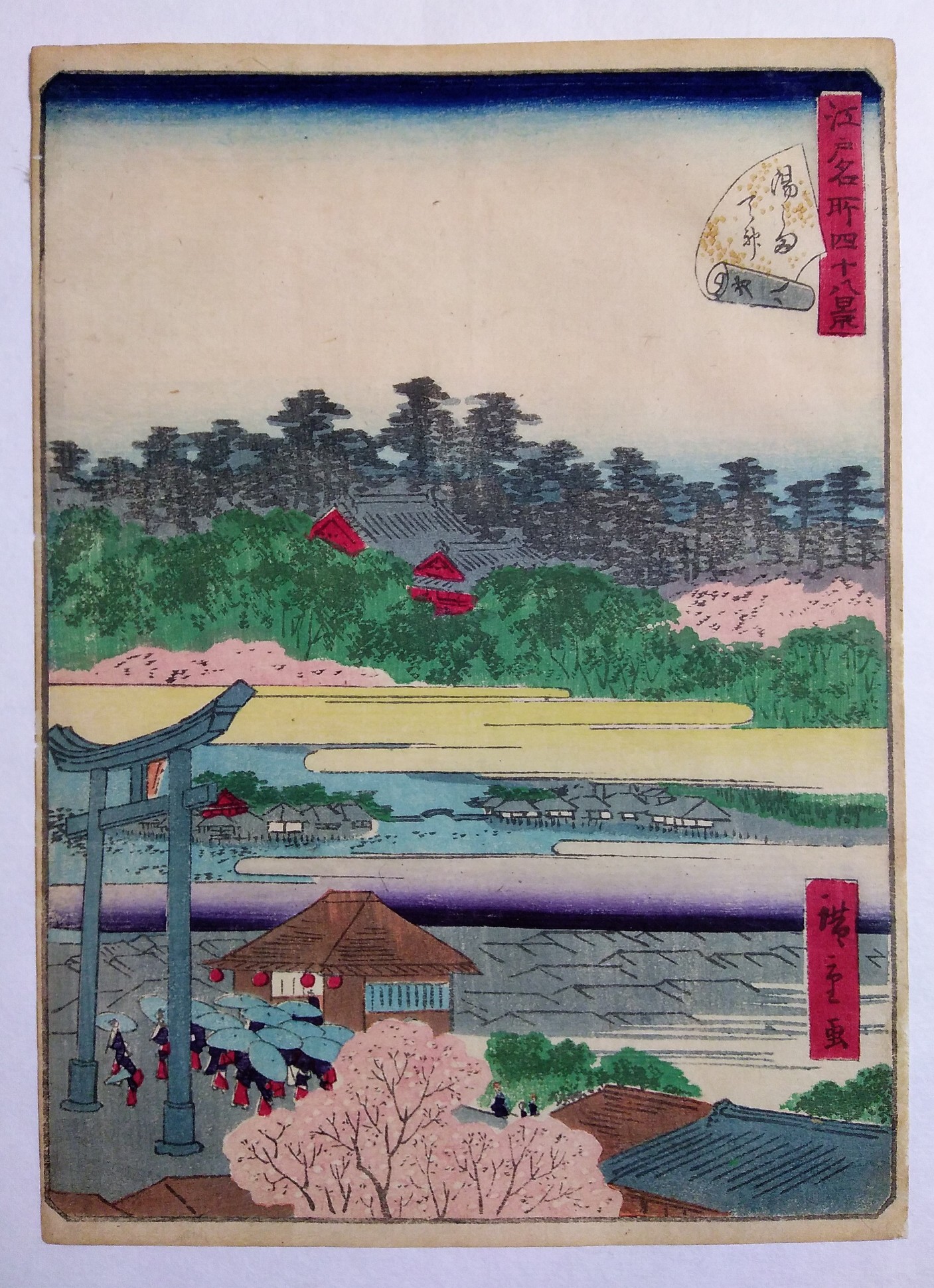
Yushima Tenjin
Forty eight famous views of Edo
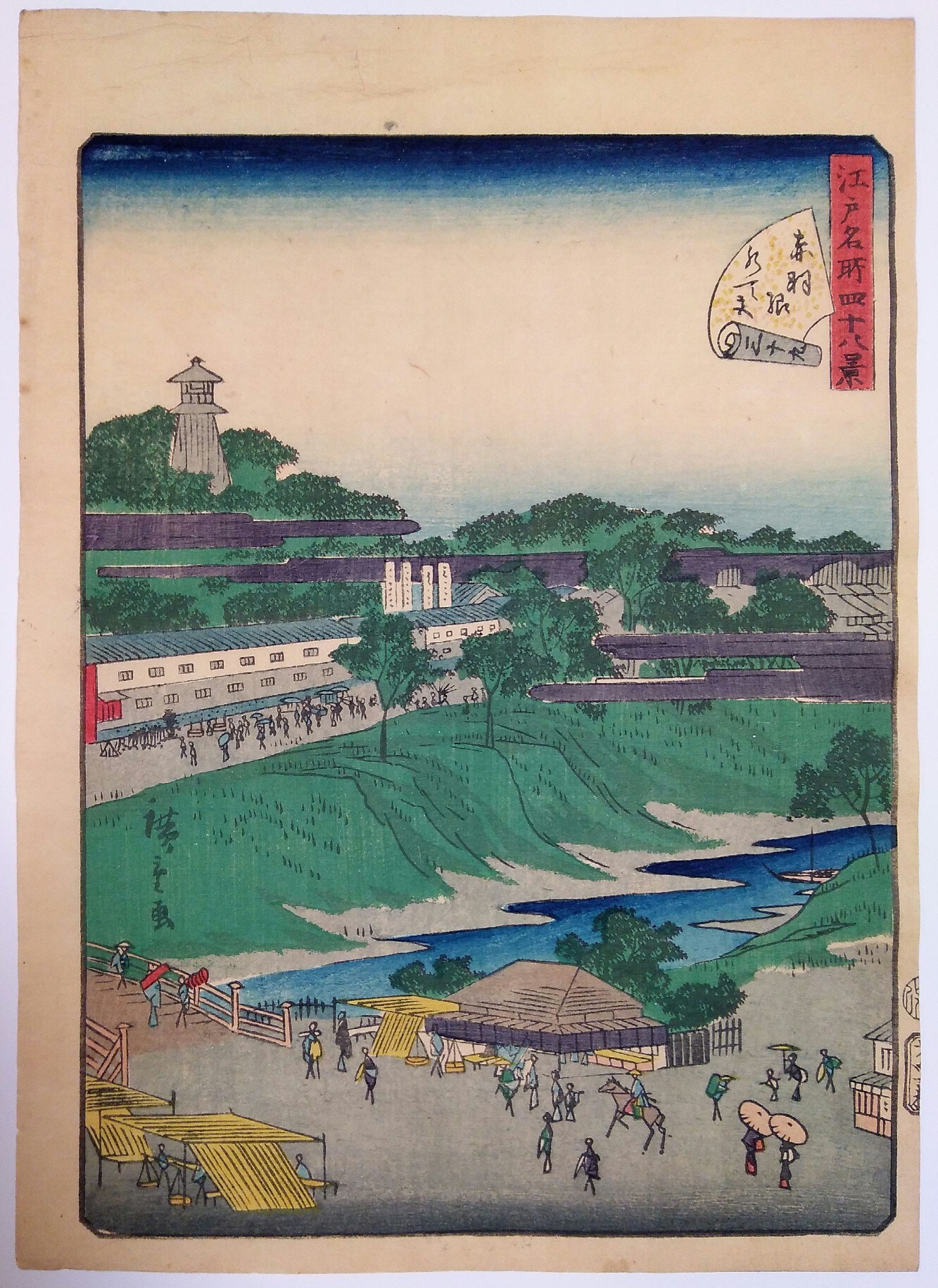
Suiten Shrine at Akabane
Forty eight famous views of Edo
Sold out
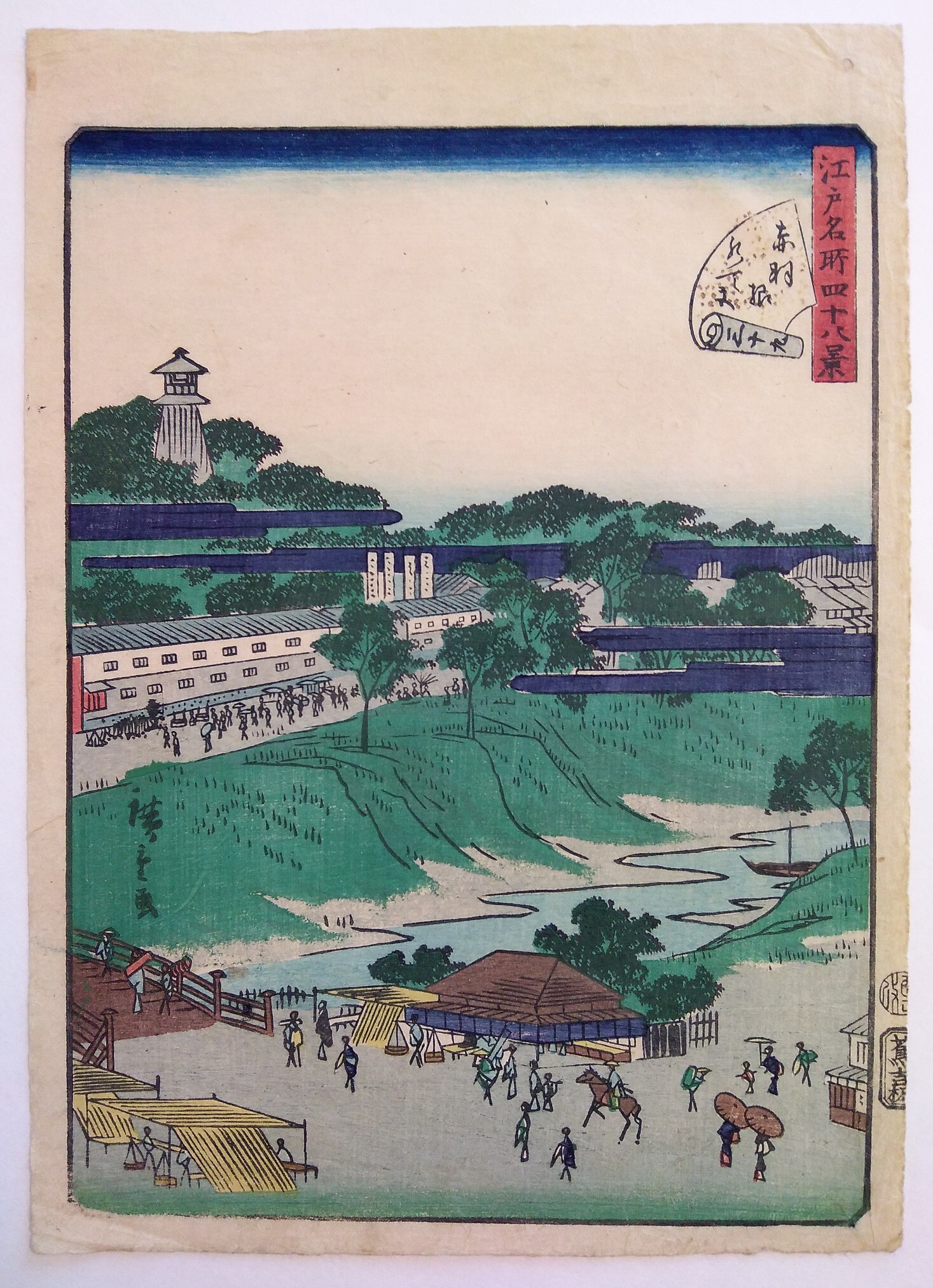
Suiten Shrine at Akabane
Forty eight famous views of Edo
Sold out
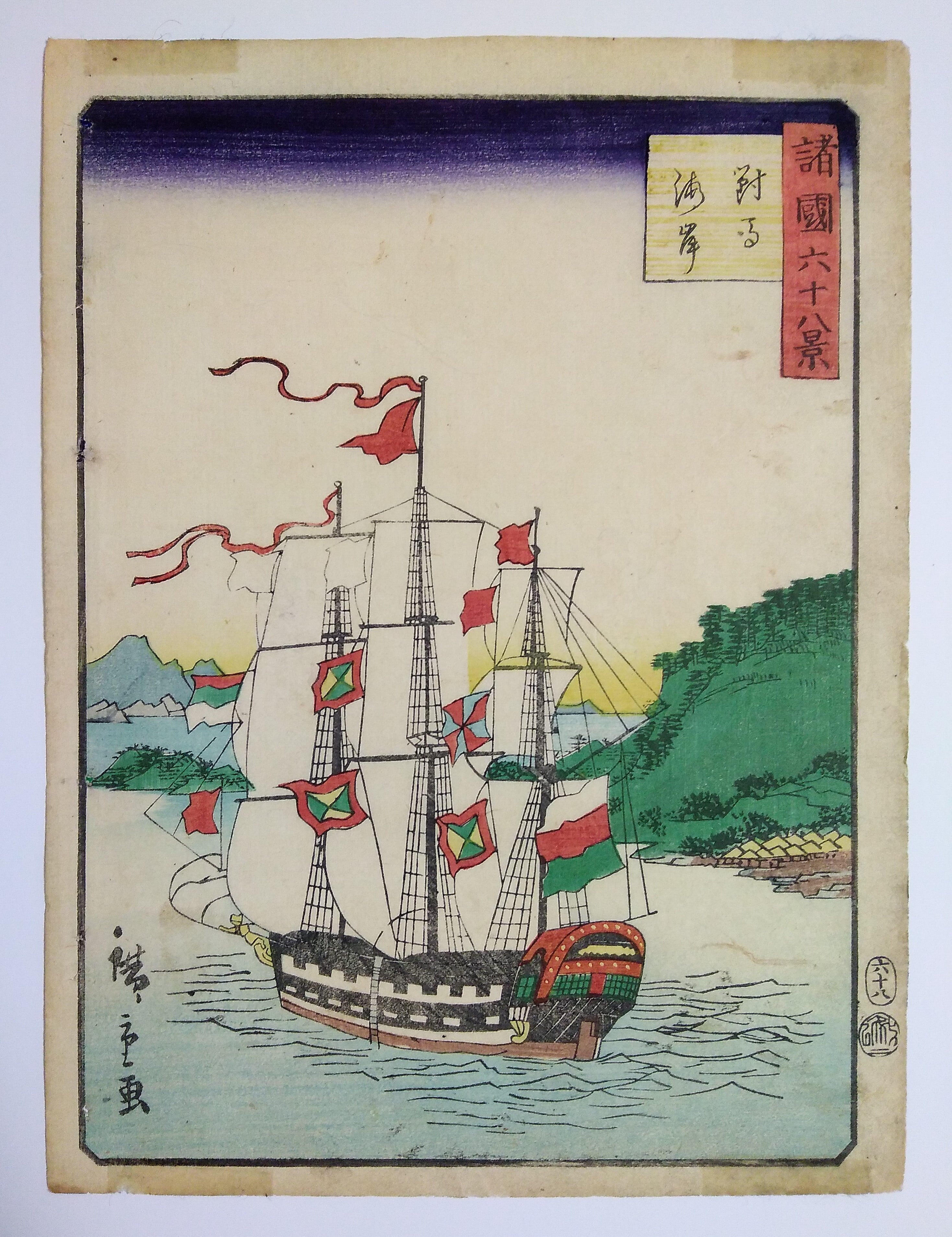
The coast of Tsushima
Sixty eight views of various provinces
Sold out
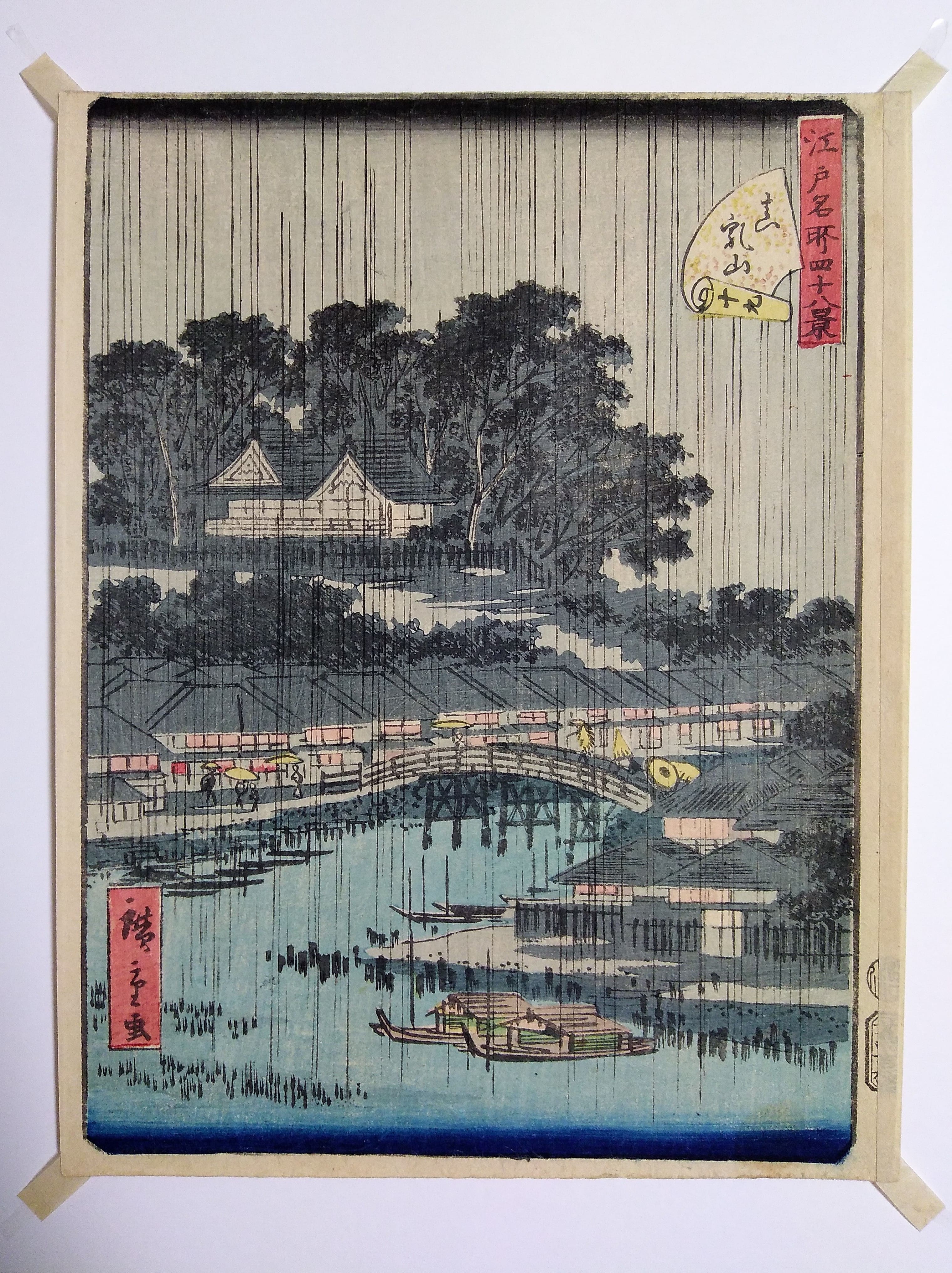
Matsuchiyama
Forty eight famous views of Edo
Sold out

Teppōzu Inari
Forty eight famous views of Edo
Sold out

Saruwaka chō
Forty eight famous views of Edo
Sold out
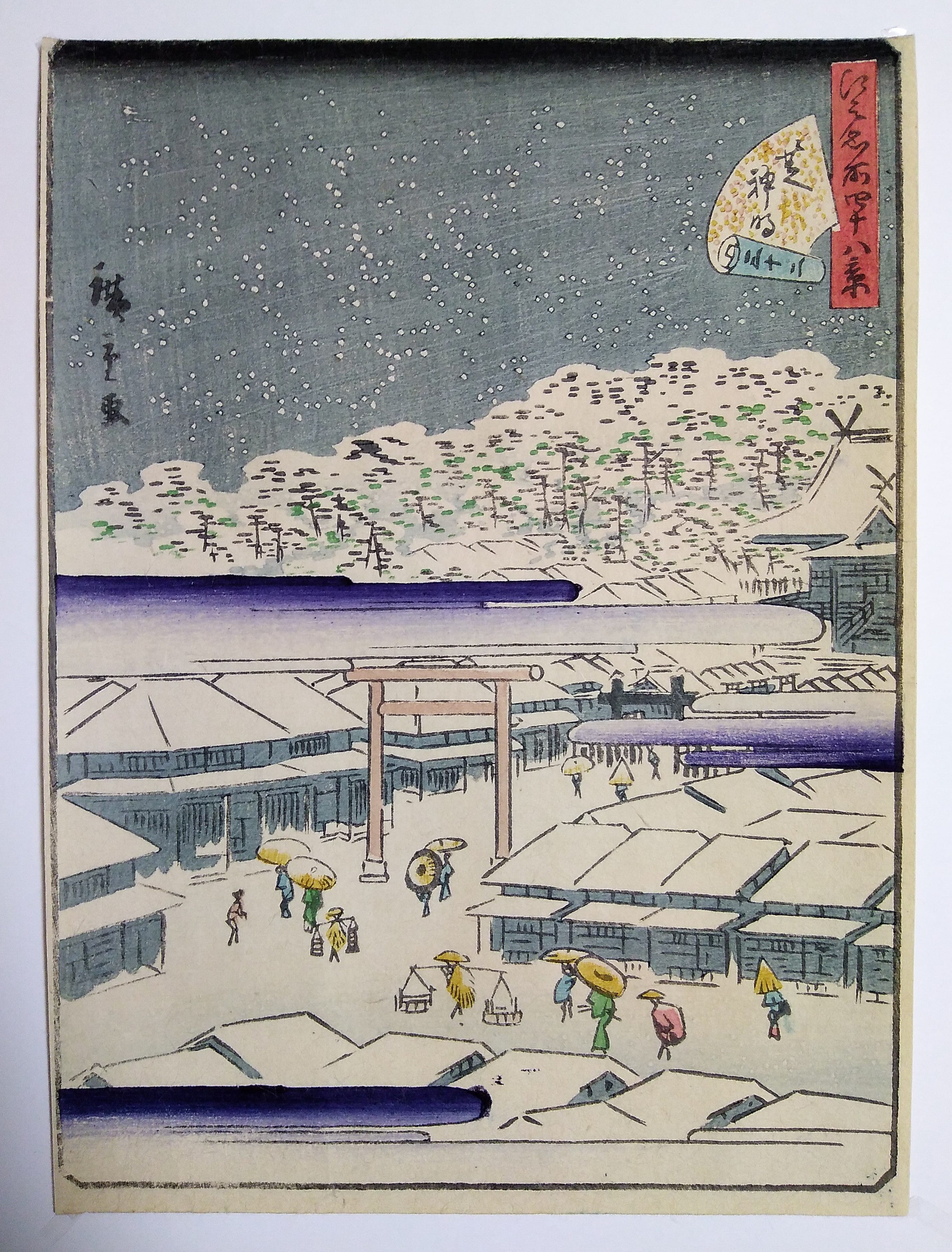
Shiba Shinmei Shrine
Forty eight famous views of Edo
Sold out
